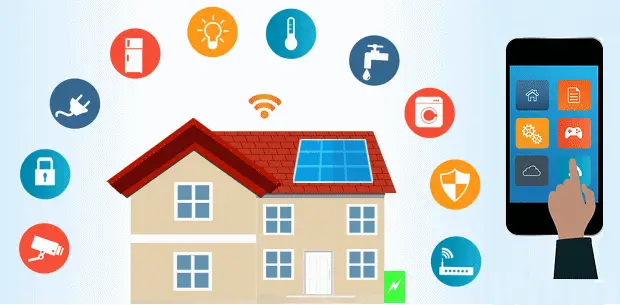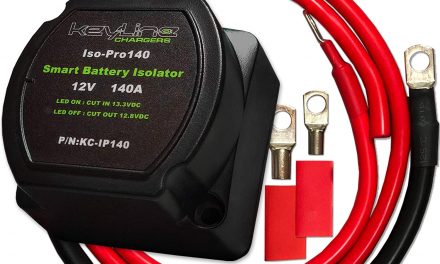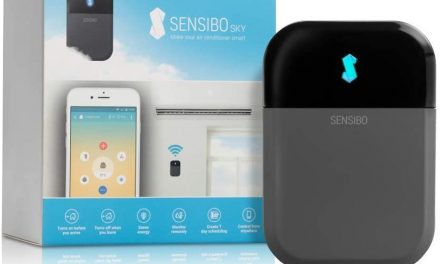The 21st century has seen the introduction of a new type of home, the smart home. This home is made up of very many IoT devices that are connected to the cloud and help automate the home, making it very comfortable to live in as the mundane tasks are taken care of by computer technology. This article explains IoT home automation.
A phrase that one will often find in the topic of IoT home automation is the “Smart home.” Let us first define that term.
Table of Contents
What is a Smart Home?
A smart home is a residence that uses IoT devices to enable the remote monitoring and management of appliances and systems, such as lighting, heating and more. The smart home is comprised of automated, connected and smart IoT devices that work together. These smart devices are able to manage themselves and they can control other devices.
Characteristics of Smart Devices
There are various smart IoT home automation devices used in smart homes. These devices all have the following characteristics:
1. Monitoring
These IoT home automation smart devices contain various sensors. These are used to detect the location, operation as well of the physical conditions of the environment. These include, but are not restricted to the following: temperature, humidity, and amount of light present.
2. Control
There are various embedded systems present in the smart homes. These embedded systems use the IoT sensors to detect parameters, and through cloud computing, they can be used to automatically control the pre-defined parameters.
3. Optimization
The analytical system is present to diagnose and to optimize the operation of a device.
4. Autonomy
There are complex algorithms used in IoT home automation. These are Machine Learning and Artificial Intelligence based algorithms. These allow for the device to operate autonomously, coordinate itself with other systems, and carry out self-diagnosis as well as self enhancement.
Advantages of IoT Home Automation
1. Monitoring and Control
The IoT home automation technology allows for automatic monitoring and control of the home. An example is the smart fridge. This is a smart device that allows for a user to add food to the fridge and it automatically takes stock of all of the devices in the fridge. When one particular food item e.g. milk is about to run out, the smart fridge is then able to automatically order for more milk. This is all done without the intervention of the home owner.
Dashboards are also present which help the user gain meaningful insights. This is achieved through all of the data that is provided to the cloud, and the user is able to remotely detect how much electricity each device in his home is using, assess the air quality conditions in his home, and machine learning algorithms can be used to give recommendations to the user.
2. Optimization
IoT home automation technology allows for the user to gain a greater appreciation of the devices in his home. He is able to check how much of a particular resource each gadget is using. This enables him to immediately identify the waste points and to adjust his usage accordingly. An example is the identification of high power usage devices. The user is then able to identify the devices that are drawing a lot of power, and may replace such devices with lower power usage devices.
3. Environment
Smart IoT home automation devices can be used to make the smart homes adopt the use of clean energy. There are IoT home automation devices that use IoT and data tools that allow the home owner to automatically move from one energy provider to another, making sure that the home owner always uses the energy provider producing the most amount of clean energy.
4. Comfort
The IoT based smart home automation devices provide the home owners with comfort. They are able to automatically control window blinders, automatically control the lights, and they also control the heating systems automatically. This results in a life of great comfort.
5. Security
Security systems that are based on IoT home automation devices are able to provide enhanced security. This is done by the use of sensors such as surveillance cameras as well as smart locks. These are able to immediately notify the authorities of a break in as soon as it occurs.
Application of IoT Home Automation
1. Sensor Strips
The Swedish company Sensative produces magnetic strips. These are equipped with different sensors that are able to convert any home space or device into a smart one. The strip is attached to an object such as a door and the sensors automatically detect if the door has been opened.
2. Autonomous Appliances
This is yet another application of IoT home automation. In this application, the appliances are able to work on their own. The Roomba cleaner is able to automatically carry out cleaning duties. The LG smart fridge is able to automatically order food when the food in it runs out e.g. when milk runs out it can automatically order more. Voice Assistants from Google and Amazon are able to automatically play music at a predefined time as well as to control other appliances.
3. Automated Energy Systems
In this application, the IoT devices manage the electricity. Intelligent energy consumption monitoring and control systems like Lumin are able to allow the user to know of the amount of energy that is consumed at any given time. Renewable energy devices such as Sunpartner Technology’s windows, walls and rooftops can be used to generate enough solar power to supply the needs of the entire house.
4. Air Quality Monitoring
The air quality can be automatically monitored by IoT home automation devices. In this application, Dyson has a connected air monitor and purifier. This has sensors which identify particles and gases in real time and purifies the air on demand. This allows the house to have clean air that is free from impurities, and all of this is done without the intervention of the home owner.
Conclusion
IoT home automation has changed the traditional home. It is now common to have systems that automatically monitor the state of the environment in a person’s home and to adapt the elements to suit the unique needs of the home owner.
We hope you enjoyed the article.





